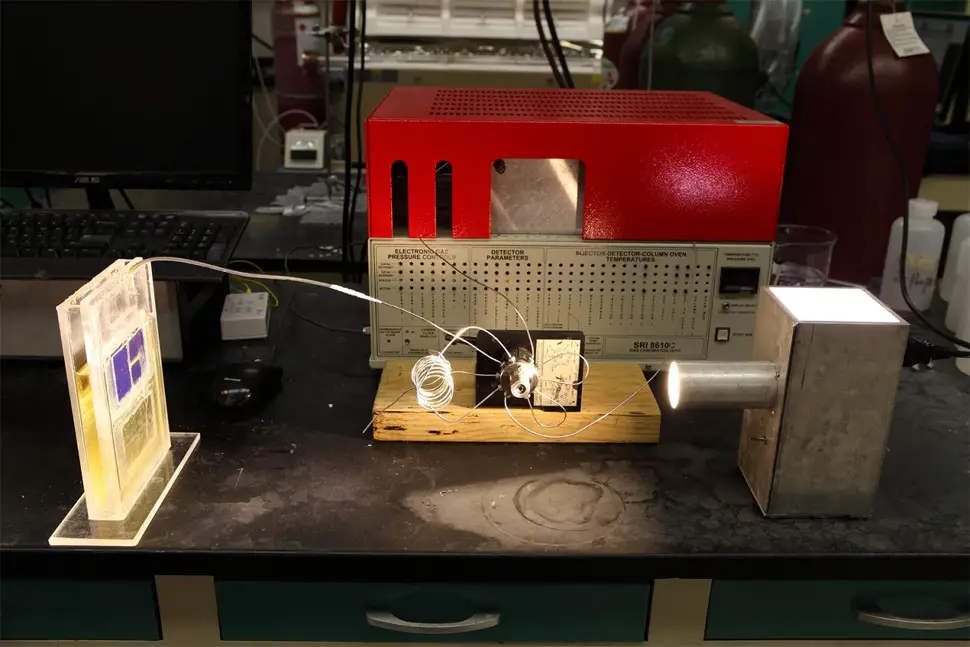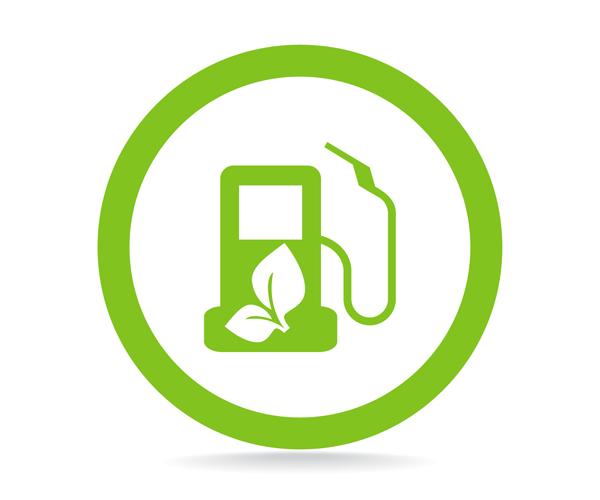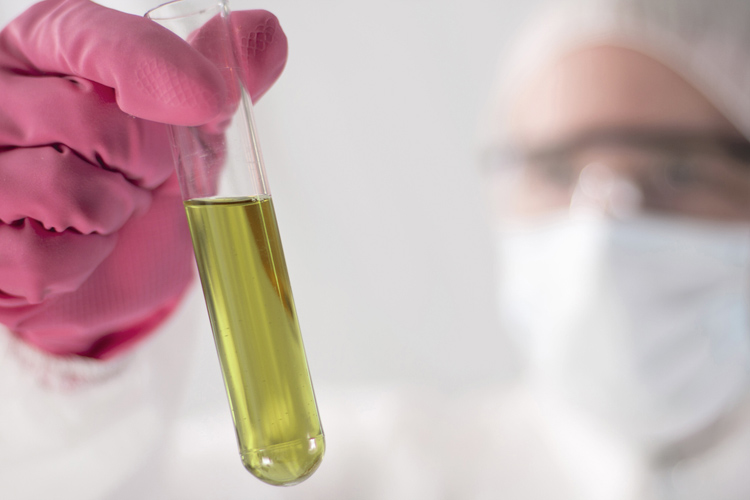
30th July 2016 Breakthrough solar cell captures CO2 and sunlight, produces burnable fuel Researchers at the University of Illinois at Chicago have engineered a potentially game-changing solar cell. Their invention can cheaply and efficiently convert atmospheric carbon dioxide directly into usable hydrocarbon fuel, using only sunlight for energy.
With traditional solar cells, light from the Sun is converted into electricity, which must then be stored in heavy batteries. By contrast, a new device created at the University of Illinois at Chicago (UIC), essentially does the work of plants: it converts atmospheric carbon dioxide into fuel, solving two crucial problems at once. Large solar farms of these "artificial leaves" could remove significant amounts of carbon from the atmosphere, while producing energy-dense fuel efficiently. "The new solar cell is not photovoltaic – it's photosynthetic," says Amin Salehi-Khojin, assistant professor of mechanical and industrial engineering at UIC and senior author on the study. "Instead of producing energy in an unsustainable one-way route from fossil fuels to greenhouse gas, we can now reverse the process and recycle atmospheric carbon into fuel using sunlight." While plants produce fuel in the form of sugar, the artificial leaf delivers "syngas" – or synthesis gas – a mixture of hydrogen gas and carbon monoxide. This can be burned directly, or converted into diesel or other hydrocarbon fuel. The ability to convert CO2 into fuel at a cost similar to a gallon of gasoline would render fossil fuels obsolete.
Chemical reactions that convert CO2 into burnable forms of carbon are known as "reduction" reactions – the opposite of oxidation or combustion. Engineers have been exploring different catalysts to drive CO2 reduction; but so far, these have been inefficient and rely on expensive precious metals, such as silver. "What we needed was a new family of chemicals with extraordinary properties," said Salehi-Khojin. His team focussed on a family of nano-structured compounds, called transition metal dichalcogenides – or TMDCs – as catalysts, pairing them with an unconventional ionic liquid as the electrolyte inside a two-compartment, three-electrode electrochemical cell. The best of several catalysts they studied turned out to be nanoflake tungsten diselenide. "The new catalyst is more active; more able to break carbon dioxide's chemical bonds," said Mohammad Asadi, a UIC postdoctoral researcher.
In fact, the new catalyst is 1,000 times faster than noble-metal catalysts, and about 20 times cheaper. The key breakthrough was using an ionic fluid called ethyl-methyl-imidazolium tetrafluoroborate, mixed 50-50 with water. The artificial leaf consists of two silicon triple-junction photovoltaic cells to harvest light – nanoflake tungsten diselenide and ionic liquid co-catalyst system on the cathode side; with cobalt oxide in potassium phosphate electrolyte on the anode side. When light of 100 watts per square metre (simulating the average intensity reaching the Earth) energises the cell, hydrogen and carbon monoxide gas bubble up from the cathode, while free oxygen and hydrogen ions are produced at the anode. "The hydrogen ions diffuse through a membrane to the cathode side, to participate in the CO2 reduction reaction," explains Asadi. This technology should be adaptable not only to large-scale use, like solar farms, but also to smaller-scale applications. In the future, it may prove useful on Mars, whose atmosphere is mostly carbon dioxide, if the planet is also found to have water. The study appeared yesterday in the journal Science and was funded by the National Science Foundation and U.S. Department of Energy. A provisional patent application has been filed. ---
Comments »
|









